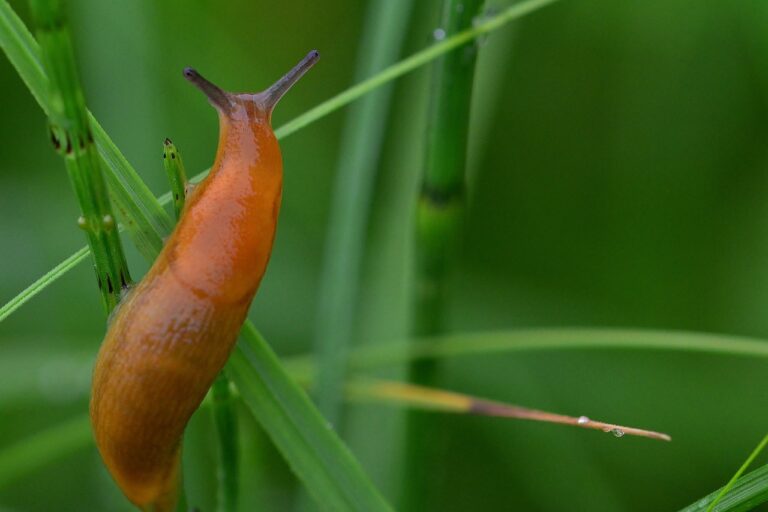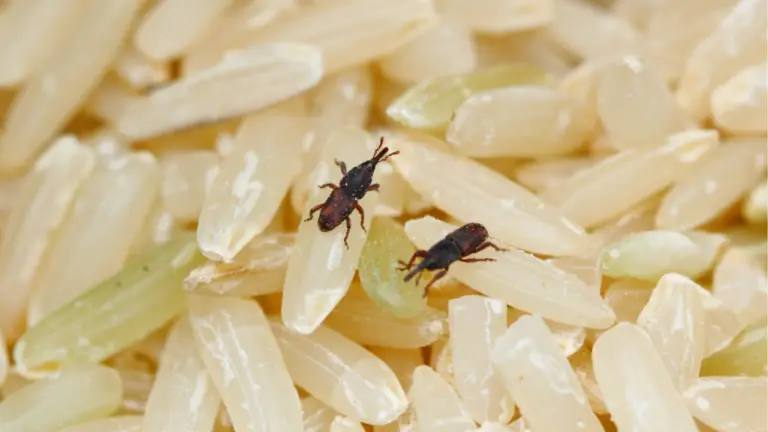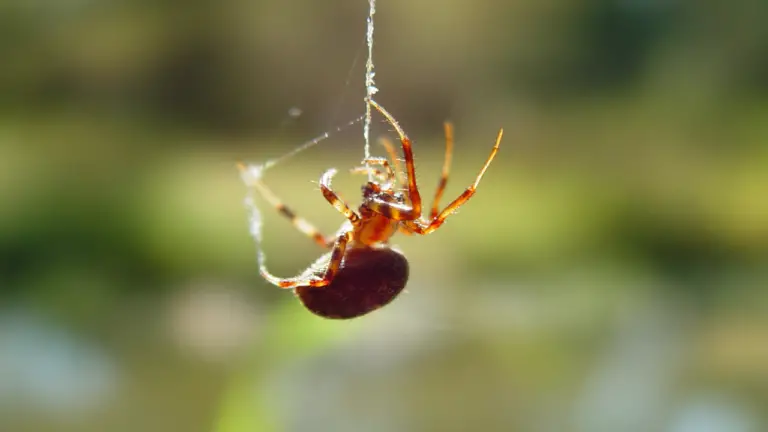10 Ways To Get Rid Of Centipede

Centipedes are nocturnal predators that can be unwelcome guests in homes, thanks to their many legs and quick movements. While they play an important role in controlling other pests like insects and spiders, their presence in living spaces can be unsettling. For those who prefer natural methods over chemical pesticides, there are several effective strategies to manage and eliminate centipedes from your home. This article will explore ten natural solutions to help you get rid of centipedes safely and effectively.
How To Get Rid Of Centipede?
1. Reduce Moisture
Centipedes thrive in moist environments, making basements, bathrooms, and kitchens prime locations for infestations. Reducing moisture levels in your home can make it less inviting for these pests.
Start by addressing any leaks in pipes, faucets, or roofs. Use a dehumidifier in particularly damp areas like basements and crawl spaces to keep humidity levels low. Additionally, ensure that your bathroom is well-ventilated by using exhaust fans or opening windows after showers to prevent excess moisture from accumulating.
2. Seal Cracks and Gaps
Centipedes can enter your home through even the smallest cracks and gaps. Sealing these entry points can significantly reduce the likelihood of an infestation.
Inspect your home’s exterior for any cracks in the foundation, walls, or around windows and doors. Use caulk or weatherstripping to seal these openings. Pay particular attention to areas where utility lines enter your home, as these can also serve as entry points for centipedes.
3. Remove Clutter
Centipedes often hide in cluttered areas where they can find shelter and access to prey. Removing clutter from your home can make it less hospitable for these pests.
Keep storage areas like basements, attics, and closets organized and free of unnecessary items. Store items in plastic bins with tight-fitting lids instead of cardboard boxes, which can attract pests. Regularly clean and vacuum these areas to remove potential hiding spots for centipedes.
4. Use Essential Oils
Certain essential oils can repel centipedes and other pests due to their strong scents. Oils like tea tree, peppermint, and eucalyptus are particularly effective.
To use essential oils, mix a few drops with water in a spray bottle and apply the solution around baseboards, windowsills, and other entry points. You can also soak cotton balls in essential oils and place them in areas where centipedes are commonly found. Reapply the oils regularly to maintain their effectiveness.
5. Install Door Sweeps
Door sweeps can prevent centipedes from entering your home under exterior doors. These simple devices create a barrier that blocks pests from gaining access.
Install door sweeps on all exterior doors, including those leading to garages or basements. Make sure the sweeps are tightly fitted to the door and the floor to eliminate gaps. Regularly check and maintain the sweeps to ensure they remain effective over time.
6. Use Diatomaceous Earth
Diatomaceous earth is a natural powder made from fossilized algae that can kill centipedes by dehydrating them. It is safe to use around pets and children when applied correctly.
Sprinkle a thin layer of food-grade diatomaceous earth around baseboards, in cracks, and in other areas where centipedes are likely to travel. Be sure to apply it in dry areas, as moisture can reduce its effectiveness. Reapply the powder after vacuuming or cleaning to maintain a protective barrier.
7. Keep Outdoor Lights Off
Outdoor lighting can attract centipedes and other insects to your home. Reducing outdoor lighting at night can help prevent centipedes from coming too close to your house.
Use motion-sensor lights instead of leaving lights on continuously. When lights are necessary, opt for yellow or sodium vapor bulbs, which are less attractive to insects than white lights. Additionally, close curtains or blinds at night to prevent indoor lights from drawing pests inside.
8. Maintain Your Yard
A well-maintained yard can help reduce the number of centipedes around your home. Overgrown vegetation and accumulated debris provide ideal hiding spots for these pests.
Regularly trim bushes, grass, and trees to keep them away from the exterior walls of your home. Remove piles of leaves, wood, and other debris that can serve as shelters for centipedes. Keep your yard tidy to make it less inviting for centipedes and other pests.
9. Use Sticky Traps
Sticky traps can be an effective way to capture and monitor centipede activity in your home. These traps use adhesive to immobilize centipedes and other crawling insects.
Place sticky traps in areas where you have seen centipedes, such as along baseboards, in corners, and near entry points. Check the traps regularly and replace them as needed. While sticky traps won’t eliminate an infestation on their own, they can help reduce the number of centipedes and provide insight into the severity of the problem.
10. Introduce Natural Predators
Encouraging natural predators can help keep the centipede population in check. Certain animals, such as birds, toads, and spiders, feed on centipedes and can help control their numbers.
Create a garden environment that attracts these predators by planting native vegetation and providing water sources. Avoid using chemical pesticides that can harm beneficial predators. By fostering a balanced ecosystem, you can naturally reduce the number of centipedes around your home.
Conclusion
Managing centipedes naturally involves a combination of preventive measures and targeted treatments. By reducing moisture, sealing entry points, and using natural repellents and predators, you can effectively keep centipedes at bay without resorting to harsh chemicals. Implementing these strategies not only helps control centipedes but also contributes to a healthier and more eco-friendly home environment.






